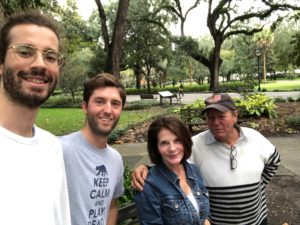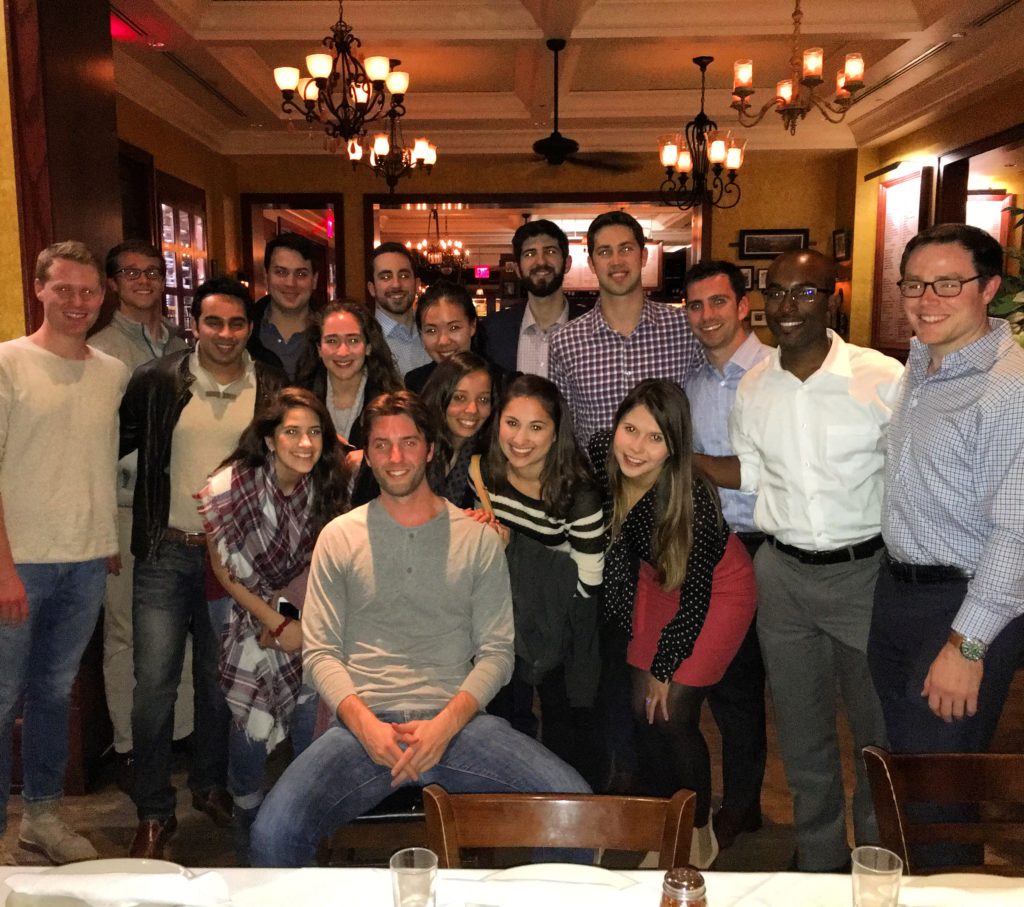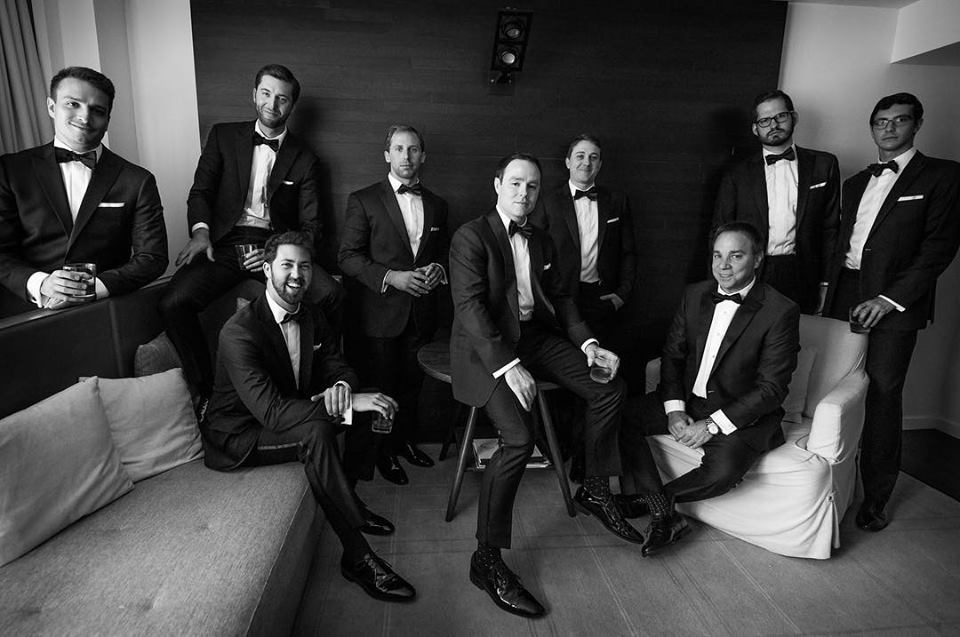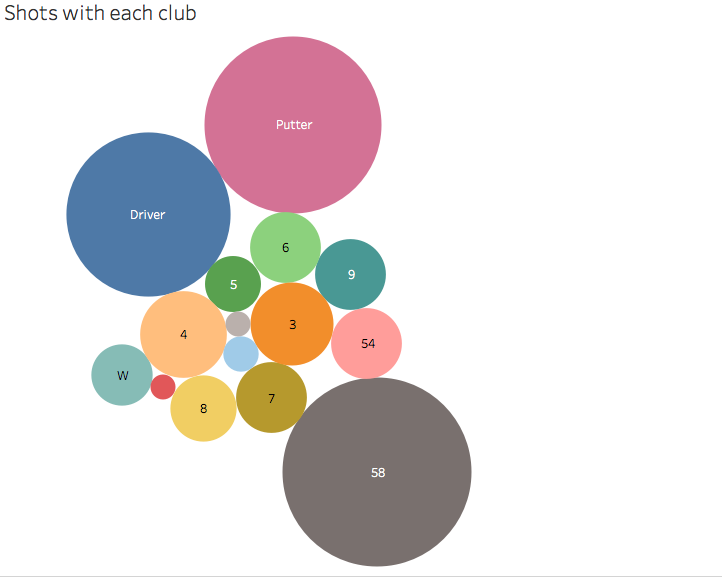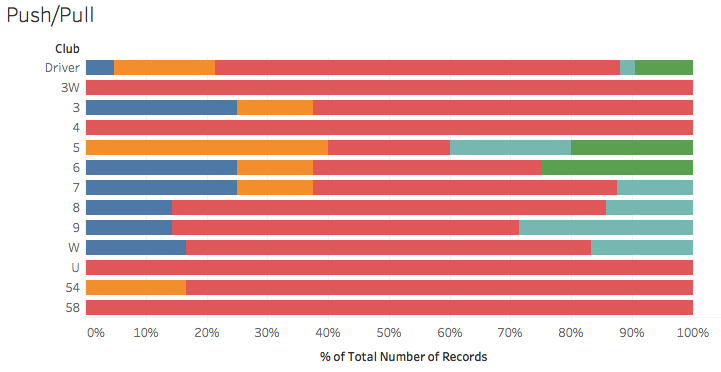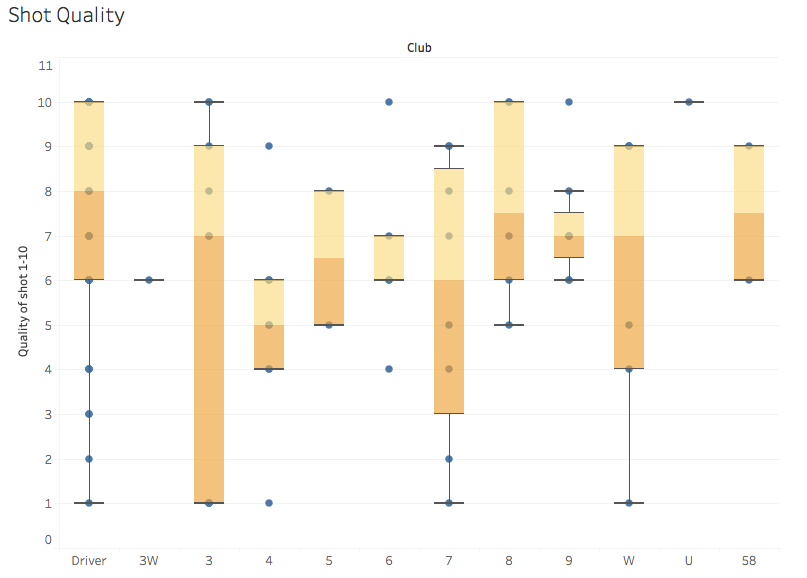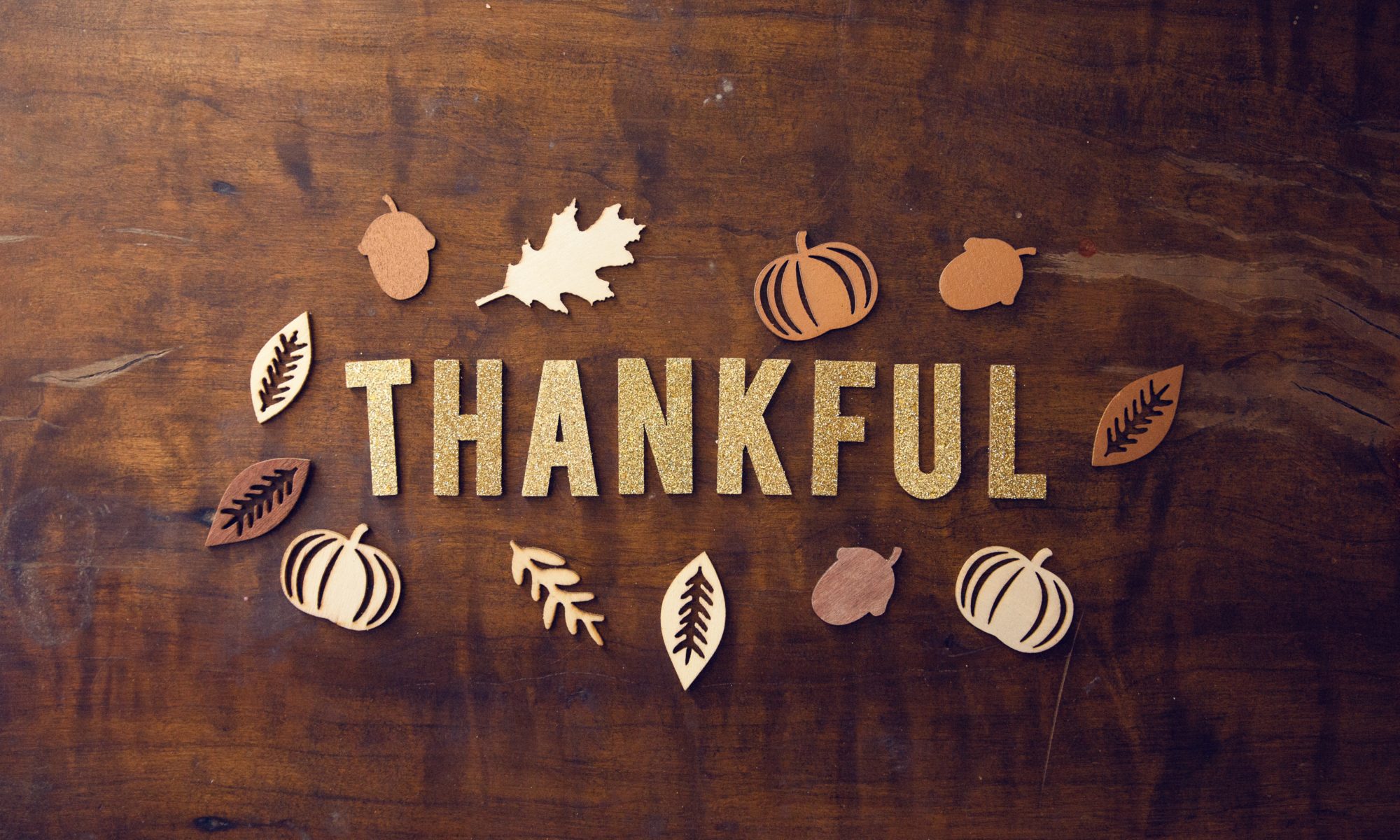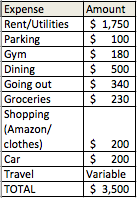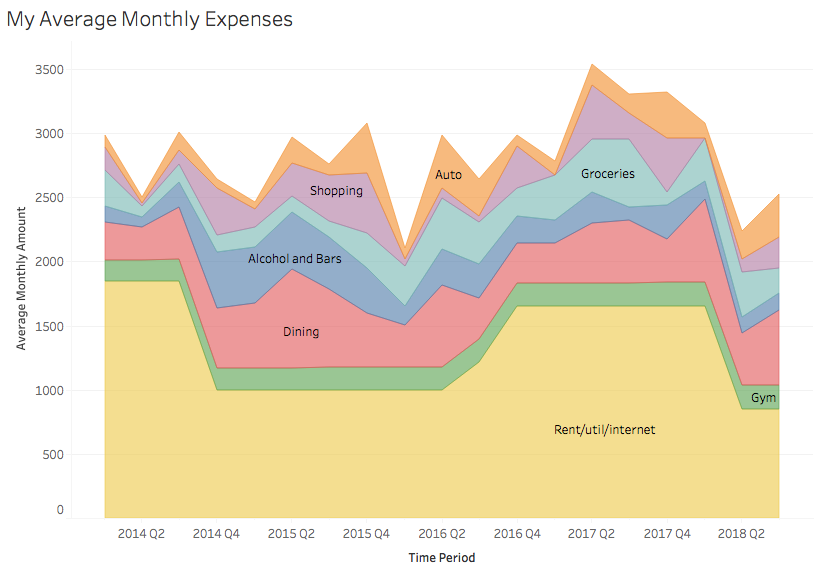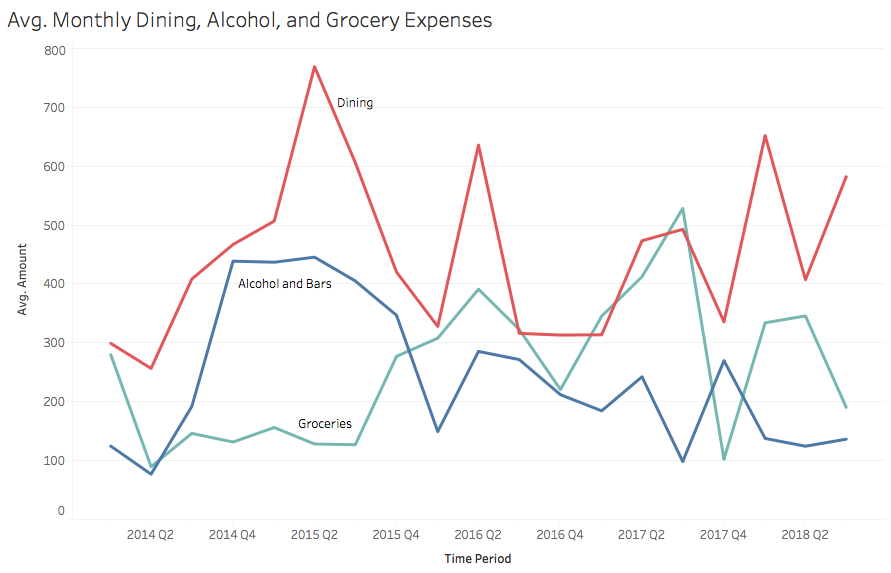The last time you got a haircut, did you tell the barber or stylist exactly what you wanted? Did you go to the same person you’ve gone to before? Or were you feeling adventurous enough to ask them to surprise you with a makeover? All of these set clear expectations
Have you ever received a haircut without communicating with the barber? Has anyone ever sat in the chair and had the barber start snipping away without knowing what he was going to do?
Probably not. At least, I hope not.
Golf is an amazing and amazingly frustrating game. Getting lessons is a great way to improve and achieve your goals. And just like a haircut, you should have clear communication about what you want to get out of the pro.
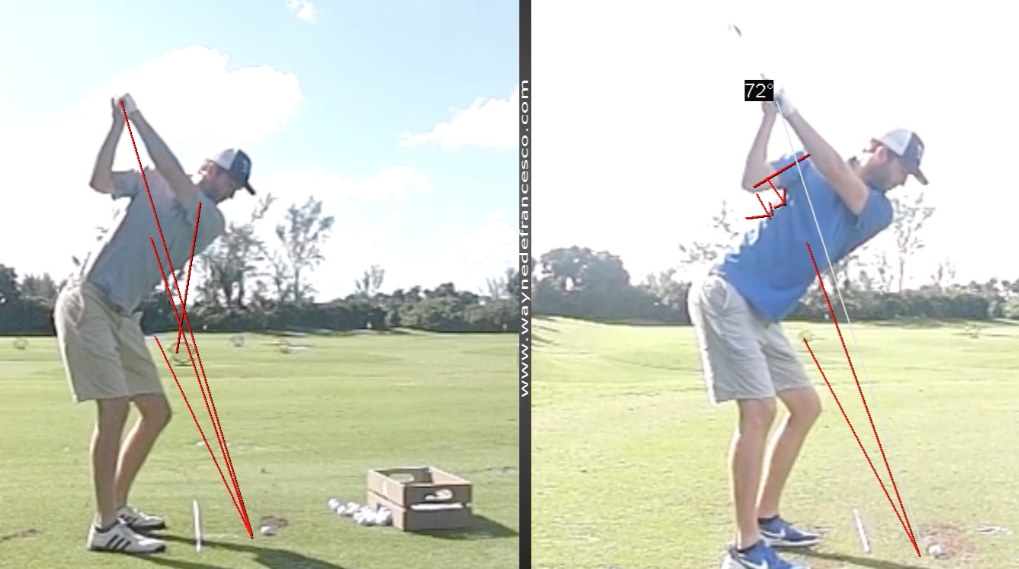
What kind of lesson do you want?
You should know if you want to work on driving or putting, chipping or long irons, or another part of your game. But that’s just the beginning.
What’s your goal?
Do you want to learn to read greens or work on putting the ball straight? Do you want to learn how to properly chip or do you want to learn when to chip versus pitch? Do you want to learn to draw the ball or do you want to learn how to make adjustments on the course in the middle of a round? Are you trying to modify your current swing to make it more consistent or do you want to completely rebuild it? Are you willing to have multiple lessons over time or do you only want one?
The answer to the above questions matter. You might not have a definite answer, but tell your golf pro what you’re thinking so you’re on the same page.
Clear communication of your expectations is the fastest path to achieving your goals
For me, I didn’t want to just make a few minor tweaks to be more consistent. I wanted to rebuild the swing completely. Of course, there are parts of my swing that haven’t changed, but I was willing to take a few steps back to, hopefully, make a few giant leaps forward.

Not everyone wants to go through the weeks, months, or even longer, of playing worse while they figure out a new swing. Some people just want to get rid of a slice. A pro can change you grip and swing path and fix your slice in a lesson or 2. That’s a lot faster, easier, and less frustrating than completely rebuilding a swing.
Nobody knows what’s in your head
This is relevant for so many things besides golf. Here are just a few examples where communicating your goals and expectations clearly can help you avoid bad and irrelevant advice, wasted time and money, and unnecessary mental fatigue.
Personal Trainer – Do you want to lose weight, get bigger, get stronger, be more flexible, learn how to recover, or learn how best to take care of your body?
Financial Advisor – Do you want to save for college or a bigger house, get advice on how you can get involved with philanthropy, make sure you leave money for your grandchildren, or learn about alternative investments?
Employee – Have you explicitly told your employee/subordinate what the priorities and deadlines are for today and the week, or are you assuming they already know?
Child/friend/parent – Do you want them to call you more often? What times work best for you?
Roommate – Do they know that you are trying to go to sleep earlier and that you can hear their tv at midnight, or are you just getting annoyed while laying in your bed?
Cleaning Service – Do you only want the surfaces and floor cleaned, or do you want them to scrub the tub and get the grime off the shelf in the fridge?
Mentor – Is this for advice on your current project, or are you hoping to get introductions to future opportunities?
Spouse – Are you trying to save more money this month? Do you want to eat healthier and be more active? Maybe you want to be more open and honest about how you feel with each other?
Key Takeaways
As you can see, setting clear expectations is important for every interaction you have. You can’t control everything, but you can control if someone knows your goals. The next time you are in a situation where you are interacting with another person, try to do the following to help stay on the most direct path towards success:
- Know your goals. Think about what you want to get out of the interaction.
- Communicate those goals and expectations clearly so everyone is on the same page.
Have any good stories about setting, or not setting, clear expectations? What was the outcome? I’d love to hear from you. Contact me at rosenbergmaxa@gmail.com.



